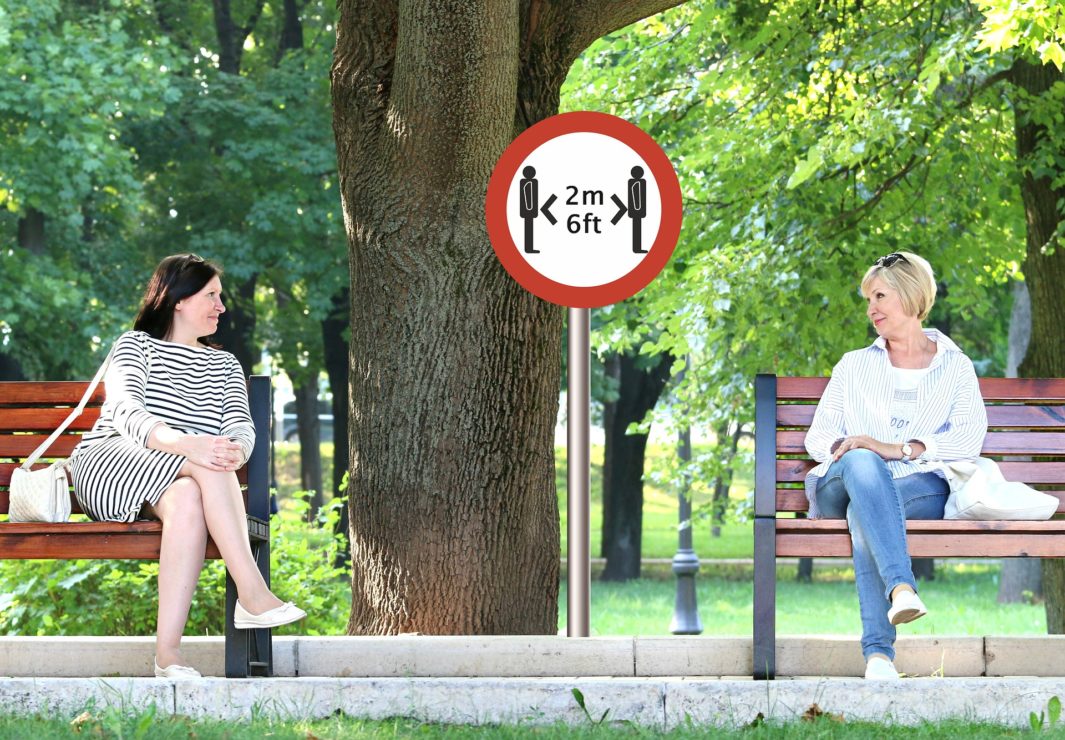And why one should take precedence during COVID-19

Experts are calling for a worldwide transition to using the term “physical distancing” to refer to COVID-19 public safety instructions rather than “social distancing,” which they argue can be misconstrued and a detriment to mental health.
Due to the highly infectious nature of COVID-19, instructions have been given around the world to maintain three to six feet of distance from others, practice frequent handwashing, and not to go out of one’s home unless it is absolutely necessary. While these instructions have been relatively consistent worldwide, agreeing on terminology has been anything but easy.
While “social distancing” seems to have become the term most favoured by members of the press, government officials, and everyday society, some experts on the impact of terminology are calling for a transition to what they consider a more benign term: “physical distancing.” The World Health Organization (WHO) itself made the transition in their March 20 briefing as they said that they wanted to be clear that their instructions did not require people to distance themselves from friends or family emotionally but rather to keep the mandated three feet apart and use other means of communication such as video chat if possible.
The reason the transition is being called for, which was alluded to by the WHO, is that some experts say that telling people to “social distance” can lead to them feeling like they have to cut themselves off from friends and family, which can have an enormous impact on relationships and mental well-being. Making the switch to physical distancing puts the emphasis where it belongs: making sure that you maintain a safe distance from others. People are still being urged to keep in contact with family and friends through the phone or online video chat options such as Skype and Zoom.
The difference between the terms was explained by Martin W. Bauer, professor of social psychology and research methodology at the London School of Economics, in an interview with Al Jazeera.
“Physical distance is measured in metric metres or centimetres. It is the geographical distance from person A to person B while ‘social distance’ is a measure of distance across social boundaries,” Bauer said.
In an interview with the Washington Post, Daniel Aldrich, a professor of political science and public policy at Northeastern University in Boston, Massachusetts, said that maintaining social connections during disasters is critically important as research has shown that the stronger social ties a community has the better it is able to weather disasters. He emphasized that disastrous and scary times such as these should be used as opportunities to reach out and support neighbours by, for example, dropping off groceries for the elderly, as well as for those in your community who are sick or quarantined.
So when you hear health experts, media, or the government refer to the need to “social” distance, remember that they are simply telling you to maintain physical distance from others and that you should still take time to call up family and friends, help out your neighbours, and get out for walks.






